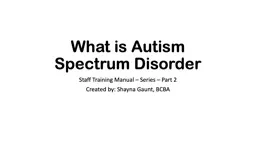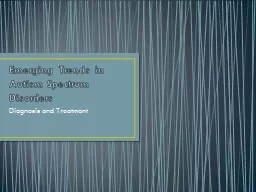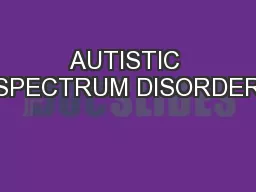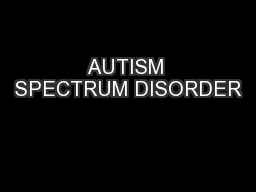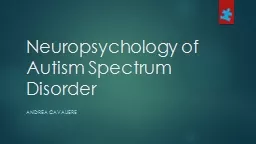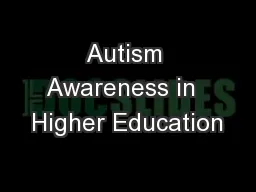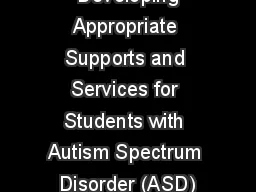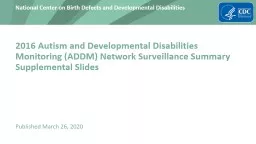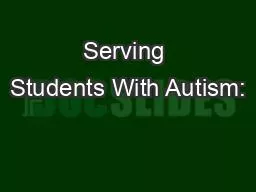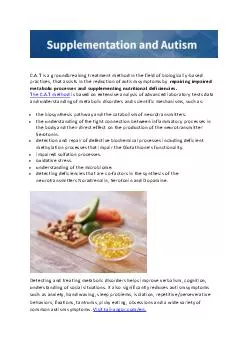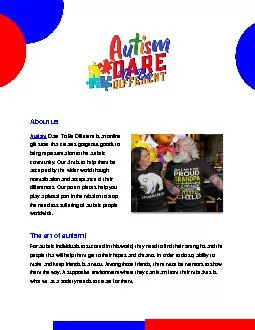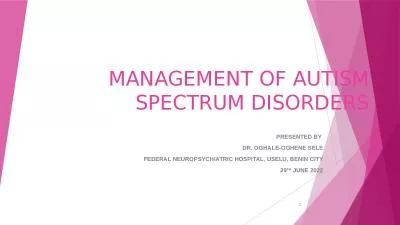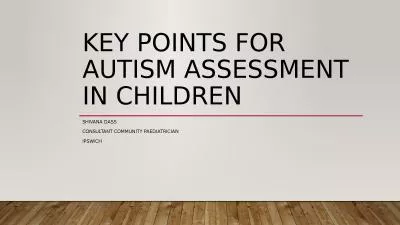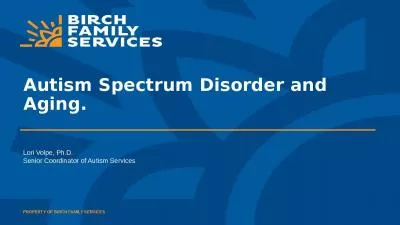PPT-What is Autism Spectrum Disorder
Author : elysha | Published Date : 2022-06-28
Staff Training Manual Series Part 2 Created by Shayna Gaunt BCBA PreTest What does ASD stand for How many levels of ASD does the DSMV specify Autism can be characterized
Presentation Embed Code
Download Presentation
Download Presentation The PPT/PDF document "What is Autism Spectrum Disorder" is the property of its rightful owner. Permission is granted to download and print the materials on this website for personal, non-commercial use only, and to display it on your personal computer provided you do not modify the materials and that you retain all copyright notices contained in the materials. By downloading content from our website, you accept the terms of this agreement.
What is Autism Spectrum Disorder: Transcript
Download Rules Of Document
"What is Autism Spectrum Disorder"The content belongs to its owner. You may download and print it for personal use, without modification, and keep all copyright notices. By downloading, you agree to these terms.
Related Documents

